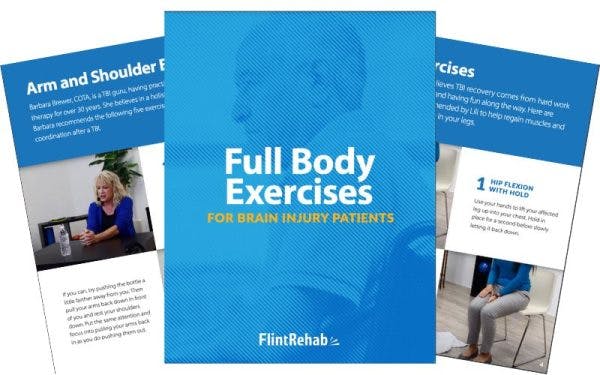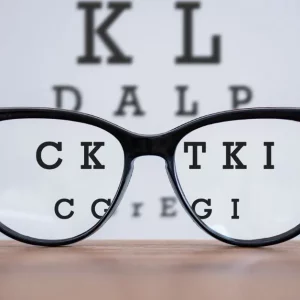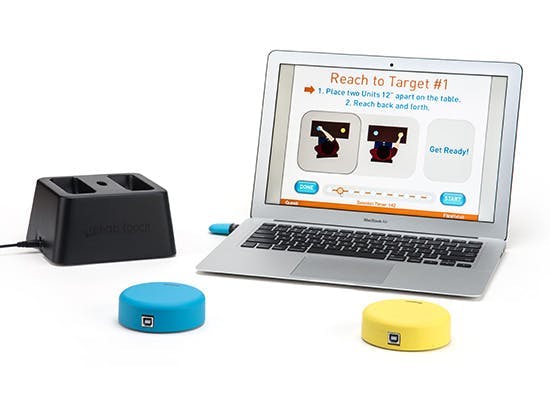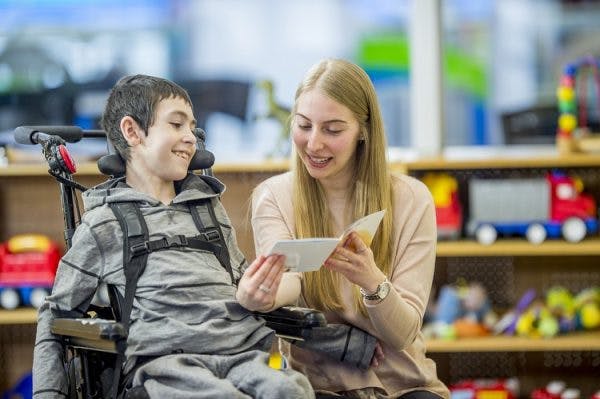Survivors may experience pure alexia after brain injury, which involves difficulty with reading. This usually occurs when a brain injury affects the posterior left hemisphere of the brain.
While learning to read again after brain injury can be challenging, it is possible to improve pure alexia. Speech-language pathologists (SLP) and occupational therapists (OTs) are excellent resources for a proper diagnosis and guidance.
This article will discuss some of the most effective methods and strategies to help survivors regain the ability to read and boost recovery.
How a Brain Injury Can Affect the Ability to Read
The posterior left hemisphere of the brain is responsible for many reading and comprehension skills. When this area sustains an injury, reading difficulties, or pure alexia, can occur.
Pure alexia refers to difficulty with the ability to read. Other language skills, such as writing and speaking, are not affected in those with pure alexia. With pure alexia, survivors may still have the ability to process and understand words by listening, speaking, and writing but struggle with being able to read words.
Survivors can also struggle with recognizing numbers and objects, which has led some researchers to believe that pure alexia is not simply a language disorder but can sometimes involve a visual processing disorder.
While there continue to be studies on which type of disorder pure alexia is considered, there have been many discoveries showing that language is not irreversibly impaired by this condition and can be restored. Therefore, learning to read again after brain injury can be possible.
Working with a speech-language pathologist and/or an occupational therapist is also imperative because they can provide a specific rehabilitation plan for you.
Learning to Read Again After Brain Injury: 8 Strategies to Try

Every brain injury is different and secondary effects vary based on the areas of the brain affected. For this reason, every survivor’s rehabilitation process looks different too.
Here are some of the most effective strategies for survivors relearning how to read after brain injury:
1. Help the brain rewire itself
The brain has the ability to rewire itself through neuroplasticity, which allows the brain to create new neural pathways and strengthen existing ones. Thus, neuroplasticity is essential for recovery after brain injury. Neuroplasticity is best activated by repetition, or “massed practice.” Engaging in repetitive exercises or therapies can help survivors with pure alexia restore function and the ability to read.
2. Work with a skilled therapist
Working with a speech-language pathologist or an occupational therapist is essential to create a rehabilitation plan best suited for you. Speech-language pathologists, as their name suggests, are experts in helping survivors restore speech and language skills, and other cognitive functions. During a speech therapy session, your SLP will guide you through numerous exercises that target your unique needs, such as the ability to read.
Occupational therapists are experts in sensory training. Therefore, since pure alexia may involve a visual processing disorder, occupational therapists can suggest techniques and exercises to use to improve visual processing skills.
3. Stay engaged with speech therapy apps
Therapy appointments can become limited when insurance stops covering it. Fortunately, there are other forms of therapy you can try right from home. For example, the CT Speech and Cognitive Therapy App was designed by speech-language pathologists to help survivors stay engaged in therapy.
The app provides access to over 100,000 speech and cognitive exercises. This can help you stay engaged in between therapy sessions.
4. “Sound out” letters

One example of a speech therapy exercise that your SLP may recommend for pure alexia is sounding out letters. When reading is difficult, survivors can often sound out letters and string the sounds together to form words.
It helps to start with simple words, focusing on the vowels, consonants, and letter combinations such as “th” “ch” and “sh”. Gradually, you can begin stringing sounds together to form words. Start slow and work your way up to more complex words and multi-word phrases.
5. Try reading out loud when you’re ready
Some survivors experience a milder form of pure alexia, meaning they can read but at a much slower pace. When this is the case, speech-language pathologists may recommend verbal reading exercises, such as reading a certain text out loud for 30 minutes every day.
Once you have “mastered” this text, you can move onto a more challenging piece of text and repeat the same process. In a letter-by-letter reading comprehension study, individuals with pure alexia showed significant improvements in both reading comprehension and speed within two months.
6. Try a tactile or kinesthetic treatment
When survivors struggle with sounding out or recognizing a letter, occupational therapists may recommend using multisensory treatment techniques to improve reading skills, rather than utilizing only the sense of sight.
For instance, tactile and/or kinesthetic treatments in which survivors engage the senses of touch and body position can help survivors recognize letters and figure out what sound they make. One way that these senses can be engaged is through tracing or writing letters or words on paper or one’s own hand. This allows individuals to physically feel the letters and words, rather than only visualizing them.
Over time, survivors can practice naming each letter they trace and eventually say the letter and its sound out loud.
Tactile and or kinesthetic treatments can take some time but are proven to be effective. Studies have shown that two out of three survivors improved significantly and went from naming a single letter to reading full sentences.
7. Participate in visual field therapy programs
When a brain injury affects the ability to read, it may not result in pure alexia but rather hemianopic alexia. Survivors with hemianopic alexia lack the ability to plan proper eye movements to fully absorb the text in front of them, often missing an entire side of a page of text. They can often read individual words well, but struggle with reading along a line of text.
In this situation, your OT or SLP will likely guide you through exercises to help train you to notice words on your affected side, such as visual scanning training. One way to do this is to draw a line down the side of the page with a highlighter, then either start each line at the highlighter mark or scan the page until you reach the highlighter mark, depending on which side of your visual field is affected. This will help train the brain to make eye movements that span across the entire text.
8. Take advantage of adaptive technology

Lastly, adaptive technology was designed to help individuals with visual impairments express themselves and carry out daily tasks. For example, there are free online programs that convert online text into voice messages, which can help survivors practice reading skills as long as they are following along.
Additionally, smartphones and tablets have features that help translate text to voice messages, or scan physical books and translate them into speech. Some individuals even choose to use a reading pen, which can be used to scan over text and read it aloud.
These are some great compensation techniques that you can use to improve your reading skills over the long-term while engaging in therapy.
Overcoming Pure Alexia & Learning to Read After Brain Injury Again
While an injury to the posterior left hemisphere of the brain can cause reading difficulties, there are many ways to improve language and restore function. Pure alexia can be challenging, but there is hope for survivors learning to read again after brain injury.
Practice is the best way to activate neuroplasticity and rewire the brain, therefore it’s important to find the most effective exercises for you such as visual scanning training or sounding out letters. Speech-language pathologists and occupational therapists can help provide a specific rehabilitation plan to boost your recovery and help you overcome pure alexia.










